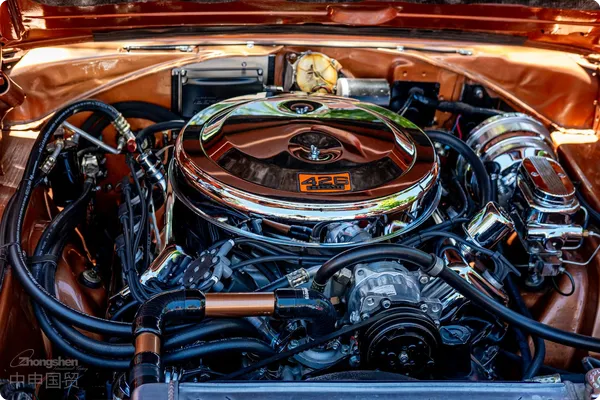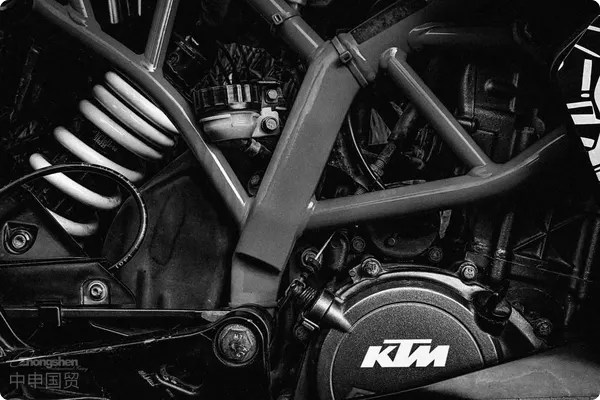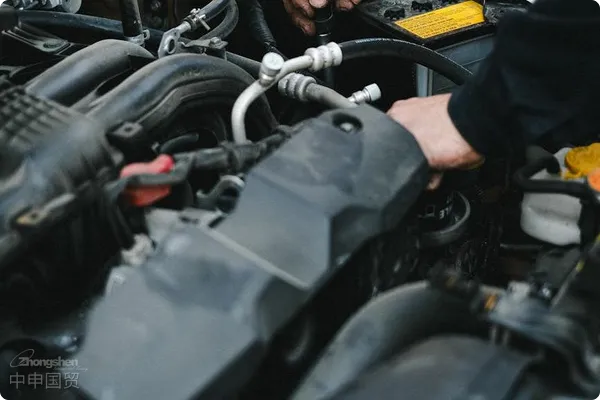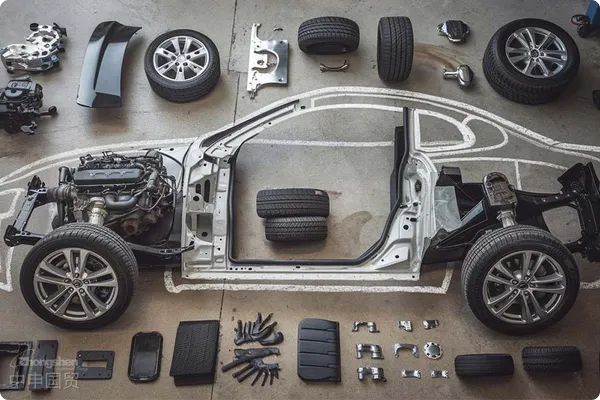- Shanghai Zhongshen International Trade Co., Ltd. - Two decades of trade agency expertise.
- Service Hotline: 139 1787 2118
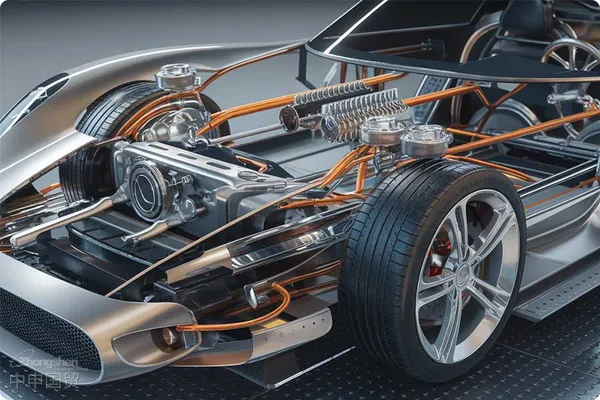
Chinas vehicle ownership has surpassed 331 million, creating an automotive aftermarket with an annual growth rate exceeding 15%. As the core link in the aftermarket supply chain, vulnerableAutomotive partsImport RepresentationBusinesses face multiple challenges including quality control, logistics timeliness, and regulatory compliance. Based on 20 years of agency service experience, this article will deeply analyze industry pain points and provide systematic solutions.
I. Core Challenges of Importing Vulnerable Parts
Internationally - recognized Safety StandardsQuality Risk Control Difficulties
A case study of imported brake pads from a certain brand showed that 3% of batches had friction coefficient compliance issues. Non-metallic components are particularly susceptible toMaritime TransportationTemperature and humidity effects. For example, rubber seals transported in environments with humidity exceeding 70% experience 40% faster aging. Its necessary to establish a supplier quality traceability system and implement a 48-hour rapid testing mechanism upon arrival.
Regional Mandatory CertificationsStringent Special Logistics Requirements
Shock absorbers require transportation vibration values to be controlled within 3.5G, as exceeding this standard causes 70% valve body damage. Through three-dimensional stacking simulation tests, specialized anti-vibration packaging solutions were developed, reducing damage rates from 8.3% to 0.5%. For temperature-sensitive spark plug ceramics, constant-temperature container transportation is mandatory with temperature variations controlled within ±2℃.
**Customs Clearance Timeliness Requirements
Statistics from Shanghai Port show that filter products now average 1.8 working days for clearance. For the 12 newly restricted substances under EU REACH regulations, a pre-inspection database was established achieving a 98% first-time declaration success rate. The commodity classification pre-ruling system is adopted to lock HS codes 6 months in advance.
II. Professional Agency Service Value System
Internationally - recognized Safety StandardsSupply Chain Quality Control System
Implementing VDA6.3 supplier audit standards with tiered management of overseas factories. Critical components undergo 100% pre-shipment inspection with blockchain traceability systems enabling full-process tracking from smelting furnaces to end warehouses.
**Smart Logistics Solutions
Developing logistics path optimization algorithms that consider over 40 parameters to recommend optimal transportation combinations for brake pad products. IoT sensors provide real-time container monitoring with abnormal situation response times reduced to 15 minutes.
**Compliance Risk Management System
Establishing a regulatory database covering 56 countries/regions with monthly technical standard updates. Providing compliance modification solutions for special requirements like the US Lacey Act and EU ELV directives, helping one company avoid potential fines of $3.8 million.
III. Industry Trends and Response Strategies
New energyAuto parts imports are growing 35% annually with surging demand for thermal management system components. Developing specialized clearance channels has improved customs efficiency for lithium battery-related parts by 40%. Establishing VMI joint inventory systems with demand forecasting models has increased inventory turnover to 8.5 times/year.
Facing the automotive industrys electrification and intelligent transformation, professional import agents should build data-driven supply chain management systems. By integrating global quality resources, applying smart logistics technologies, and deepening compliance capabilities, they can help clients achieve 12-18% procurement cost reductions and 30-45 day shorter supply cycles. Choosing service partners with industry experience will be key to success in the trillion-dollar aftermarket competition.
Related Recommendations
? 2025. All Rights Reserved. Shanghai ICP No. 2023007705-2  PSB Record: Shanghai No.31011502009912
PSB Record: Shanghai No.31011502009912
